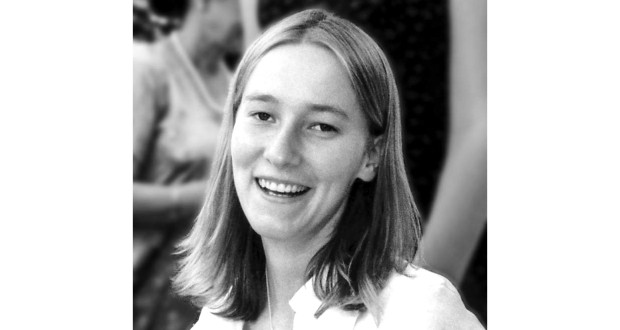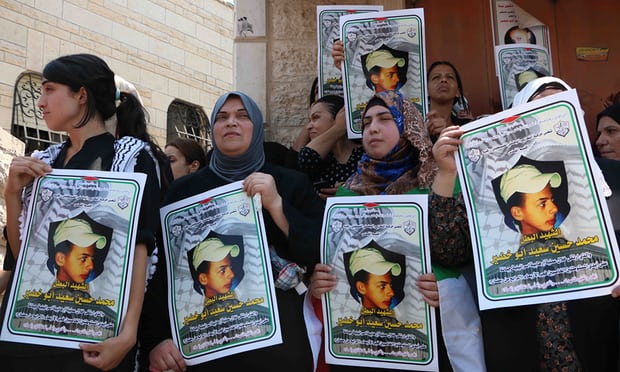Tag: Murder
-
Remembering Rachel Corrie
16th March 2019 | International Solidarity Movement, occupied Palestine Today marks the sixteenth anniversary since the passing of ISM activist Rachel Corrie. She was 23 at the time of her passing. Rachel was tragically crushed to death under the front blade of an Israeli military Caterpillar bulldozer near Rafah, in the southern region of the Gaza Strip. Rachel…
-
The four year anniversary of the murder of Mohammed Abu Khdeir
The 2nd of July 2018 is four years to the day since the kidnapping and murder of Mohammed Abu Khdeir, a 16 year old Palestinian boy from Shu’fat in East Jerusalem. The shocking nature of his murder and its context, occurring only 6 days before Israeli bombing campaigns in Gaza, make it a painful memory…
-
The 13th anniversary of Rachel Corrie’s death
15th March 2016 | International Solidarity Movement, al-Khalil team | Gaza, occupied Palestine Today marks the thirteenth anniversary since the passing of fellow ISM activist Rachel Corrie (April 10, 1979 – March 16, 2003). Rachel was tragically crushed to death under the front blade of an Israeli military, American funded, Caterpillar D9R bulldozer near Rafah, in the…


